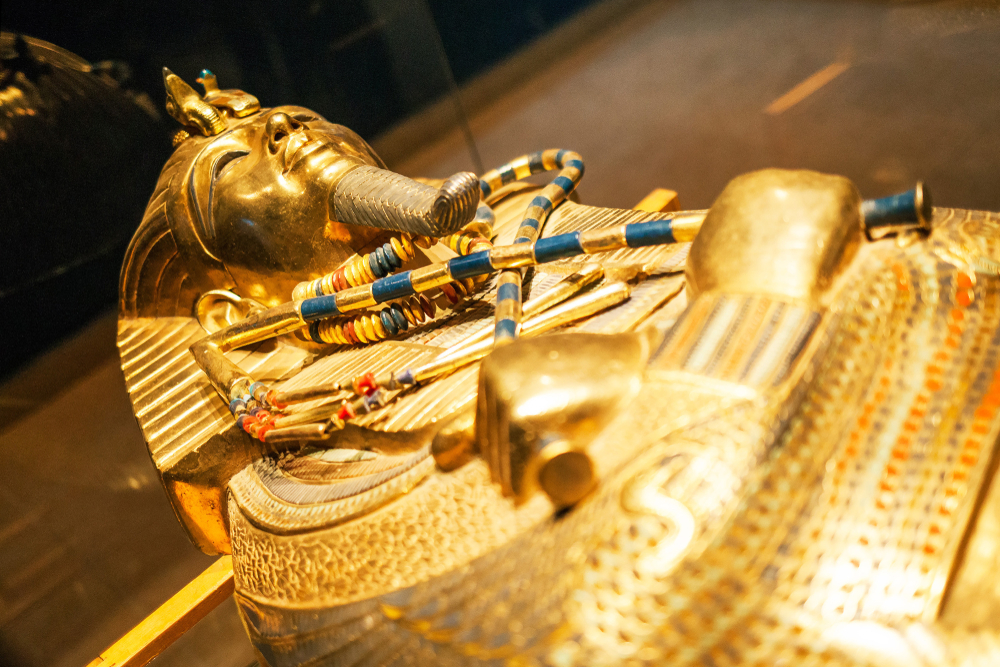Archaeologists uncover 3,600-year-old royal burial chamber from turbulent era in Egypt’s past
Others are reading now
A newly unearthed tomb dating back more than 3,600 years has revealed fresh clues about a little-understood period in Ancient Egyptian history. The limestone burial chamber, located near the ancient city of Abydos, may belong to a previously unknown pharaoh.
Burial Site Linked to Political Turmoil
The tomb was discovered seven meters beneath the necropolis known as Anubis Mountain, as reported by Digi24. It dates from Egypt’s Second Intermediate Period (c. 1640–1540 BCE), a time marked by internal strife and fragmented rule. The site includes a decorated entrance, vaulted chambers over five meters tall, and remnants of inscriptions naming the deceased ruler—although much of the text was destroyed by tomb robbers.
Archaeologists from the University of Pennsylvania, working alongside Egyptian experts, believe the tomb could belong to a pharaoh from the lesser-known Abydos Dynasty, possibly Senaiib or Paentjeni—names found on other monuments in the region but without confirmed burial sites.
Clues Point to Forgotten Kings
“This appears to be the largest and oldest tomb from the Abydos Dynasty,” said Dr. Josef Wegner, who leads the excavation. The tomb’s structure and location within the larger royal necropolis of Neferhotep I suggest it served as a model for later burials in the area. The discovery may also help historians understand how Egypt transitioned from political fragmentation back to unification in the New Kingdom.
Also read
Abydos was one of four competing power centers in the region during the Second Intermediate Period, alongside the Hyksos in the Nile Delta. The fragmented political landscape makes it difficult to trace royal lineage and authority during this era.
The find follows another major discovery this year: the tomb of Pharaoh Tutmes II, identified near Luxor in February. As excavation work continues slowly and carefully in the Abydos necropolis, archaeologists remain hopeful that additional royal tombs will be located in the vicinity.








